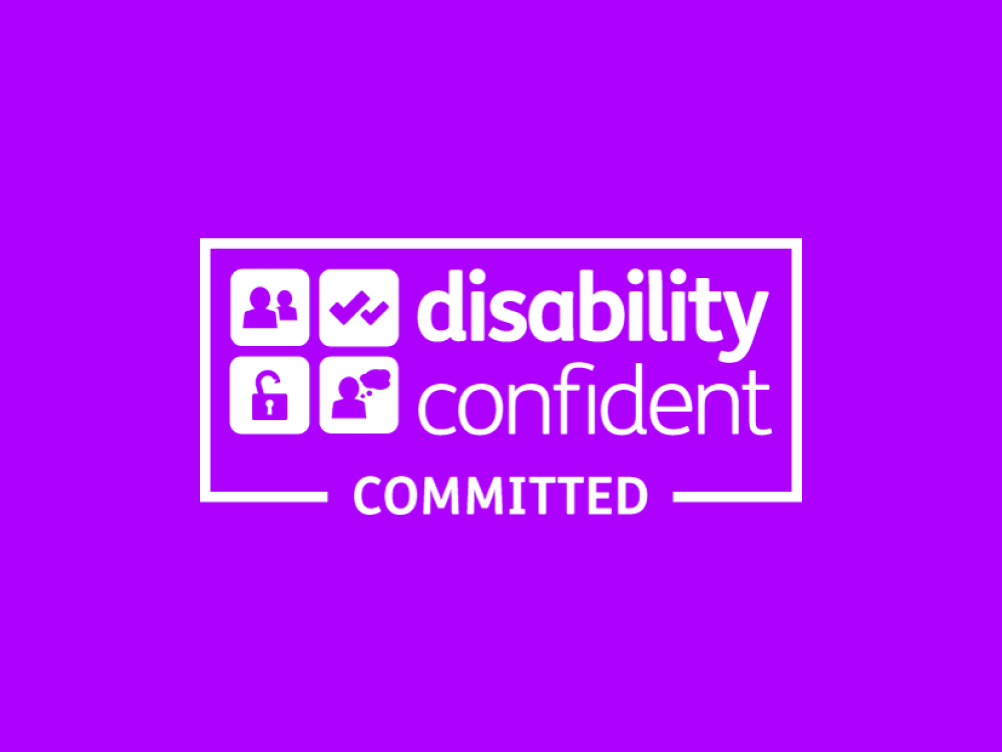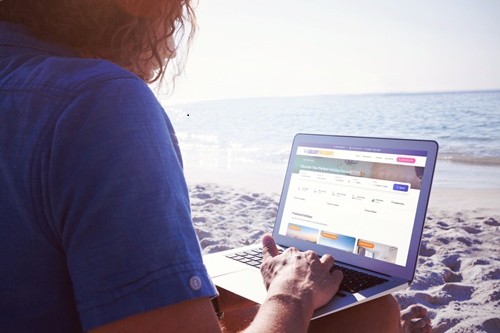Inside the Disability Confidence series: What we learned about true inclusion

Over the past seven weeks, we’ve been exploring what it really takes to create workplaces where disabled and neurodivergent talent can thrive. Led by Cressida Stephenson and proudly sponsored by Ecommpay, our ‘Unlocking Disability Confidence’ webinar series focused on Level 1: Disability Confident Committed - the same level we’re registered for at Ecommpay. The sessions covered everything from practical hiring tips to understanding invisible conditions, and were packed with insights, as well as some hard truths.
Start with the right foundation
At the heart of it all is the Disability Confidence Scheme, the UK government’s free framework for building inclusive workplaces. There are three levels:
- Committed: Pick three actions and three commitments to improve accessibility..
- Confident: Show you’re getting and keeping the right people.
- Leader: Prove you’re promoting and developing disabled talent.
Here’s the kicker: simply joining the scheme or doing a one-off training won’t make you “confident.” You’ve got to put in the work - and keep at it.
Why inclusion isn’t optional
The workforce is changing fast. Half of all UK workers will be over 50 by 2030. More than half of today’s workers are neurodivergent, and over 70% of Gen Alpha are expected to be too. On top of that, 83% of disabilities are acquired during a lifetime.
Put simply: if your hiring processes exclude disabled or neurodivergent talent, you’re shrinking your own talent pool. Inclusion isn’t just a “nice to have” - it’s a strategic advantage.
Accessibility isn’t optional either
Before anything else, make your recruitment processes accessible. That means:
- Careers pages that work with screen readers.
- Applications navigable without a mouse.
- Materials designed for cognitive and sensory diversity.
Ecommpay has a helpful Guide to Digital Accessibility to help businesses make their websites and processes more accessible, improve the user experience, and cover all the key accessibility guidelines. You can download yours here.
See the person, not the label
Language matters. Always ask: “How do you prefer to identify in relation to disability?” Some people say “person with a disability,” others say “disabled person.” Don’t assume. And avoid deficit-based language - replace “lacks social skills” with language that highlights strengths.
There’s no one-size-fits-all experience for neurodivergent and disabled people. If you meet one wheelchair user, you only know one person. Every experience is different.
Flexibility matters
Many conditions fluctuate day-to-day. Someone may be able to work full days one week and need a lighter schedule the next. The insight? Flexible policies and output-focused performance measures are far more inclusive than rigid office rules.
Flip the script on neurodiversity
Traditional interviews and assessments often measure what someone can’t do, not what they can. That means brilliant candidates get filtered out.
Instead, focus on strengths:
- ADHD: Energy, resilience, entrepreneurial drive.
- Autism: Deep focus, creativity, analytical thinking.
- Dyslexia: Pattern recognition, translating complex ideas.
- Dyspraxia: Big-picture thinking, innovative problem-solving.
- Dyscalculia: Strategic reasoning, strong verbal skills.
Rethinking interviews
Some truths from our webinars:
- Don’t judge candidates on eye contact, handshakes, or small talk.
- Stop asking vague “tell me about yourself” questions.
- Instead, use structured, competency-based interviews.
And when it comes to assessments: psychometric tests often fail neurodivergent candidates. Imagine asking a fish to climb a tree, it’s the same idea. Provide accessible alternatives, working trials, or gamified assessments that let people show what they can actually do.
Training is everything
You could design perfect processes, but if managers don’t understand how neurodivergent candidates present in interviews, all your effort is wasted. Awareness training is essential - train managers to recognise spiky profiles, avoid bias, and focus on outputs rather than “fit.”
At Ecommpay, we reinforce this with guidance and resources, like our neurodiversity inclusion workshop, which gives teams real direction on supporting neurodiverse talent in the workplace.
Small steps, big impact
You don’t need a Microsoft-sized budget. Start small:
- Pilot a working interview for one role.
- Co-design assessments with your Employee Resource Group.
- Track outcomes, celebrate wins, and scale gradually.
Inclusion is a journey, not a checkbox.
Practical resources & next steps
Inclusion isn’t charity - it’s about recognising and unlocking real potential. Disabled and neurodivergent candidates are capable, ambitious, and full of strengths that traditional processes often overlook. The challenge is simple: see the person, not the label, and design workplaces that let them shine.
But inclusion isn’t just about awareness, it’s about action. And Ecommpay has some handy resources to help:
- Toolkit for disability: Practical guidance for making recruitment, onboarding, and day-to-day work more accessible.
- Championing accessibility in e-commerce: Tips and best practices for creating inclusive digital experiences.
These packs make it easier to turn intention into real impact.
Although the programme has finished, attendees received a certificate of attendance, which can support your organisation’s application to the scheme. Together with these resources, you now have a clear path to putting what you’ve learned into action and driving inclusion in your workplace.
